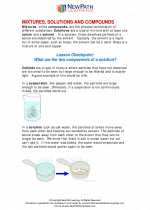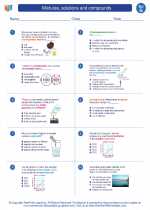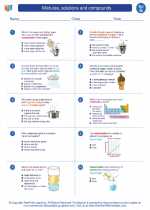Comets
Comets are small celestial bodies that orbit the Sun. They are composed of ice, dust, and rocky material, and are often referred to as "dirty snowballs." Comets are known for their long, bright tails that can be seen from Earth when they pass close to the Sun.
Composition of Comets
Comets are made up of a mixture of ices, such as water, carbon dioxide, ammonia, and methane, along with dust particles and rocky material. When a comet approaches the Sun, the heat causes the ices to vaporize and release dust and gas, forming a glowing coma and a tail that points away from the Sun.
Structure of a Comet
A typical comet consists of several distinct parts, including the nucleus, coma, hydrogen envelope, dust tail, and ion tail. The nucleus is the solid core of the comet, while the coma is the bright, diffuse cloud of gas and dust that surrounds the nucleus. The hydrogen envelope is the outermost region of the coma, while the dust tail is composed of dust particles pushed away from the Sun by radiation pressure. The ion tail is made up of ionized gas that is pushed by the solar wind.
Orbit of Comets
Comets have highly elliptical orbits that can take them far from the Sun and then bring them very close to it. When a comet is far from the Sun, it is in a dormant state, with the ices remaining frozen. As it approaches the Sun, the ices begin to vaporize, and the coma and tails form. Some comets have very long orbital periods and may only be visible from Earth once every few hundred or thousand years.
Study Guide for Comets
- What are comets composed of?
- Describe the structure of a comet.
- What causes the formation of a comet's tail?
- Explain the orbital characteristics of comets.
- How do comets differ from asteroids?
By studying the composition, structure, formation, and orbital characteristics of comets, you will gain a comprehensive understanding of these fascinating celestial objects.
.




